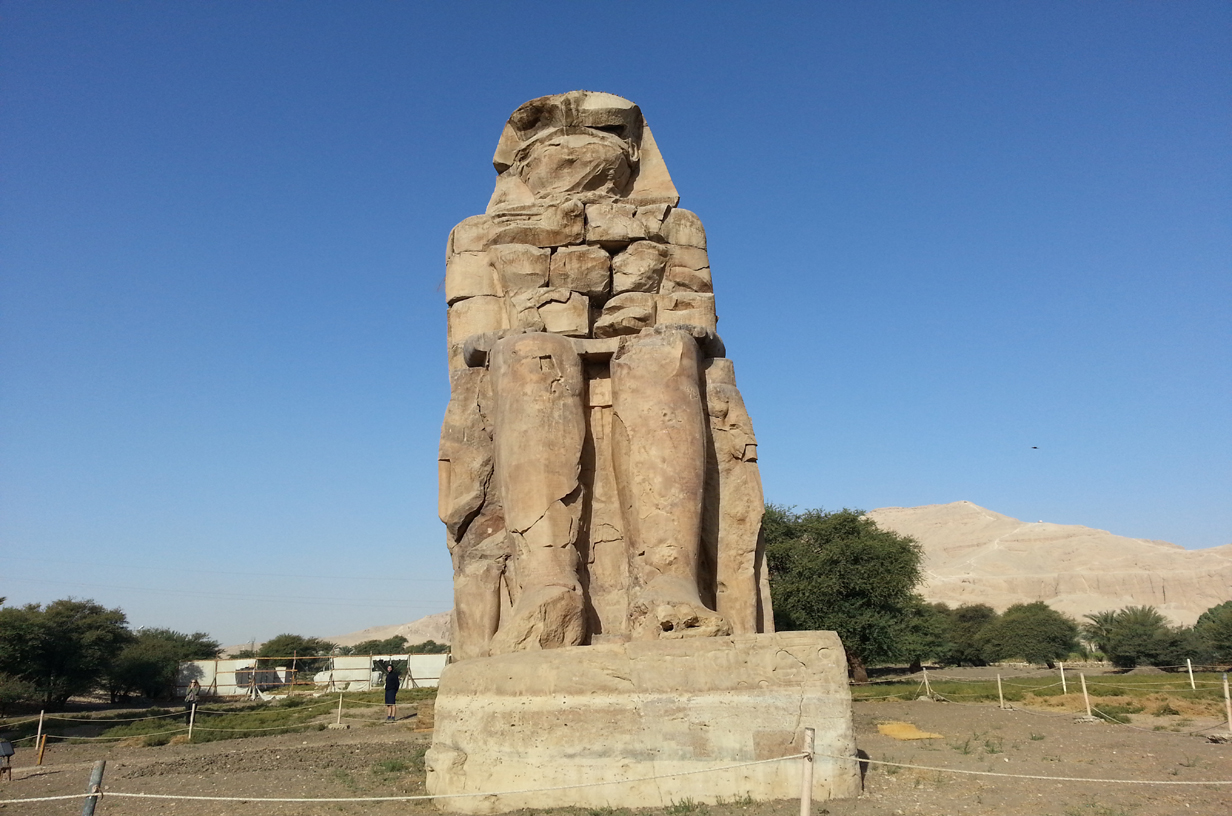Luxor city tour from Luxor
4.9 / 5 232 ReviewsPick up from your hotel in Luxor, Luxor airport or other meeting point
We will pick up you from any meeting point in Luxor by a private a/c van to start your day of discoveries.
West Bank visit
The West Bank of Luxor is known as the city of dead. It is the funerary complex of the ancient Egyptians. Here you have the opportunity to let go off anything that has died and no longer serves you using the power of the god Anubis, jackal headed god of the underworld. Explore the cycles of birth, death and rebirth which are rooted in Ancient Egyptian mythology.
Valley of the Kings visit
Valley of the Kings is the ancient cemetery of the pharaohs of the New Kingdom and is hidden in the mountains on the West Bank of Luxor, between the two limestone hills of Gurna. It was named by Francois Champollion as Valley of the Kings. All of the tombs were robbed in antiquity, except for the tomb of the boy king, Tutankhamun which was found completely intact in 1922 by Howard Carter. The Valley of the Kings holds 63 registered tombs and recently 2 more tombs have been found. Your visit includes entry into 3 tombs, however if you wish to see either the tomb of
Tutankhamen. or Ramses VI, there is an additional ticket cost.
Hatshepsut temple visit
Hatshepsut is a mortuary temple with a unique design as it is the only temple in Egypt built in terrace formation into the cliff face. Hatsheptsut was a famous female pharaoh who wore a false beard and all the trappings of the male pharaohs in order to claim the throne for herself. There are chapels dedicated to Hathor the goddess of motherhood, joy, love, peace, happiness and music, and chapels dedicated to Anubis, the god of mummification and death, and Amun-Ra the king of the gods. On the temple walls are reliefs showing the first commercial trading expedition to Somalia (ancient land of Punt).
The Colossi of Memnon visit
Colossi of Memnon are the only remaining standing statues fronting the mortuary temple of Amenhotep III and show the pharaoh sitting on his throne. The temple itself was destroyed in an earthquake and much of the ruins were used in other building works by other pharaohs. However, in recent years, new excavations have revealed many statues and other artifacts buried underground, including many statues of the goddess Sekhmet.
Lunch time
Have lunch in a local restaurant in Luxor.
Karnak temples visit
Karnak temple is the largest ancient temple complex in Egypt measuring 62 acres. It was in use continuously for 1700 years. The main temple area was dedicated to Amun-Ra, the patron god of Luxor and it has the largest Hypostyle Hall (columned hall) in the world which is unrivalled. Within the complex is the small chapel dedicated to the goddess Sekhmet and the chapel of the Divine Adoratrice which is often known as the Osiris chapel. Karnak Temple complex is one of the major sights of Ancient Egypt and within its bounds the sacred energies of Ancient Egypt can still be felt.
Shopping time in Luxor
During the day you will also have a great opportunity for shopping in markets of Luxor.
Back to your hotel/meeting point
At the end of the day transfer to Luxor airport or hotel .
